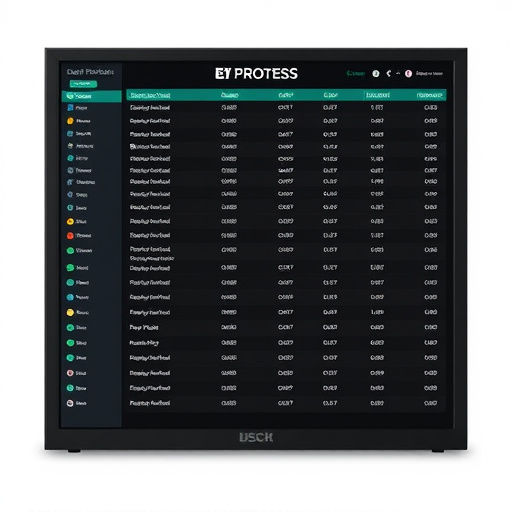Relocating intake air temperature (IAT) sensors can significantly enhance engine efficiency, especially in high-performance vehicles or those with aerodynamic modifications. This strategic move improves accuracy by providing precise data on airflow patterns, leading to better tuning, diagnostics, and monitoring. In various industries, such as automotive and aviation, IAT sensor relocation optimizes performance, enhances fuel efficiency, reduces emissions, and improves durability, making it a proven "game-changer."
In today’s automotive landscape, understanding intake air temperature (IAT) sensors is crucial for optimal engine performance. These sensors play a vital role in monitoring incoming air, influencing fuel injection and overall efficiency. This article delves into the science behind IAT sensors, exploring their impact on engine operations. We further discuss the benefits of relocating these sensors for more accurate readings, highlighting practical applications that enhance vehicle performance, especially under cooler air conditions.
- Understanding Intake Air Temperature Sensors: Their Role and Impact
- Benefits of Relocating Air Sensors for Optimal Reading Accuracy
- Practical Applications: Enhancing Performance with Cooler Air Readings
Understanding Intake Air Temperature Sensors: Their Role and Impact

Intake air temperature sensors are crucial components in modern vehicles, playing a pivotal role in engine performance and efficiency. These sensors measure the temperature of the air entering the engine, providing vital data to the vehicle’s computer system. By monitoring intake air temperature, the engine control unit can optimize the mixture of air and fuel, ensuring optimal combustion and maximizing power output while minimizing emissions.
Relocating these sensors can have a significant impact on engine performance. For example, in high-performance vehicles or those modified for enhanced aerodynamics, adjusting the sensor’s position can help manage intake air temperature more effectively. This is particularly important in extreme driving conditions, such as racing or off-road adventures, where rapid changes in atmospheric conditions can affect air density and temperature. Thus, strategic relocation of intake air temperature sensors can contribute to improved engine responsiveness, fuel efficiency, and overall vehicle handling.
Benefits of Relocating Air Sensors for Optimal Reading Accuracy

Relocating intake air temperature sensors can significantly enhance the accuracy of your readings, ensuring optimal performance in various applications. These sensors are often placed in specific locations within an engine or environmental system to measure the cooler air temperature. However, their fixed position might not always align with the actual airflow patterns, leading to potential inaccuracies. By relocating these sensors, you can achieve a more precise representation of the intake air temperature, which is crucial for efficient operations.
When moving the sensors, it’s essential to consider factors such as proximity to the air intake, minimizing interference from surrounding components, and ensuring proper ventilation. This strategic placement allows for more accurate data collection, benefiting performance tuning, diagnostics, and overall system monitoring. With precise readings, users can make informed decisions, optimize settings, and ultimately improve overall system efficiency.
Practical Applications: Enhancing Performance with Cooler Air Readings

In various industries, especially automotive and aviation, practical applications of cooler air readings through intake air temperature sensors relocation have seen significant benefits. By strategically placing these sensors, engineers can optimize engine performance by ensuring a steady supply of cool, dense air – a key ingredient for efficient combustion. This simple yet powerful adjustment enhances fuel efficiency, reduces emissions, and improves overall engine durability.
For example, in motorsports, relocating intake air temperature sensors can lead to precise tuning of the engine’s performance. Cooler air readings allow for more accurate calculations in the fuel-air mixture, resulting in better acceleration and top speed. Similarly, in aircraft engines, maintaining cooler intake air temperatures is crucial for stable and efficient flight operations, particularly at high altitudes where ambient air temperatures are lower.
By relocating intake air temperature sensors, vehicles can achieve cooler air readings, resulting in enhanced performance and efficiency. This simple adjustment plays a crucial role in optimizing engine operation, especially under varying climatic conditions. Understanding the impact of intake air temperature on engine performance is key to reaping these benefits, making relocation a practical application for both automotive enthusiasts and professionals alike.














